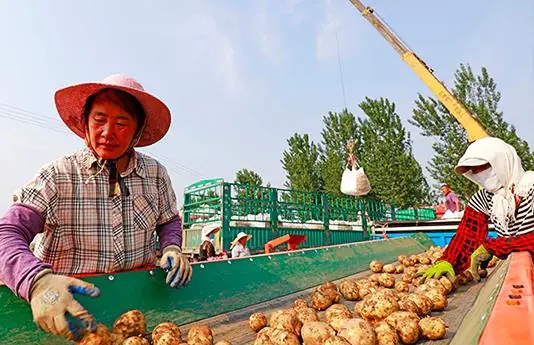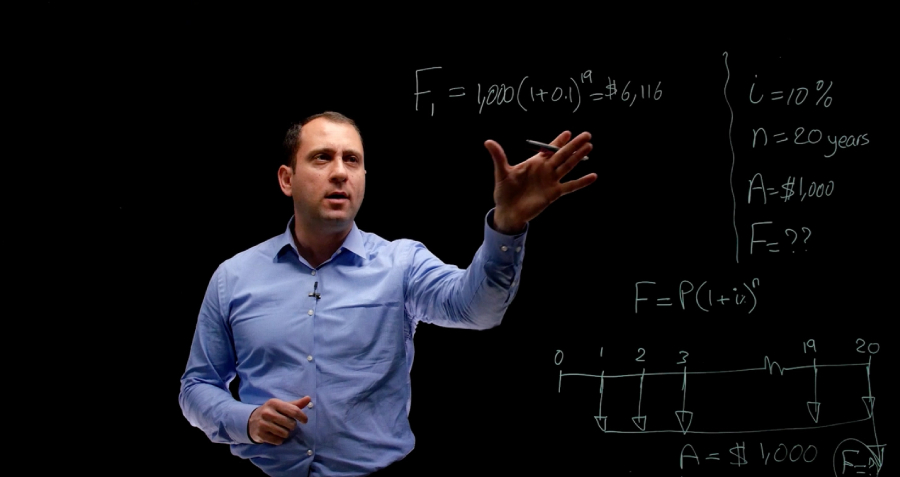At the turn of the last decade, the momentum around the Sustainable Development Goals (SDGs), the ambitious set of UN objectives for a more just and sustainable future, seemed to be fizzling out, as their scope and complexity made implementation especially hard and costly. When the COVID-19 pandemic hit and political and financial capital got diverted to fronting the health emergency, some feared that the SDGs would not survive. As we learn to coexist with the virus, however, it is possible to see a silver lining: rather than patching up the existing system with all its flaws and shortcomings, the global reset triggered by the pandemic provides the opportunity to “build back better” and realize the future envisioned by the SDGs.
Social innovation plays a critical role to get us there. Defined as the “conceptual, process, product or organizational change which improves the welfare and well-being of individuals and community,” social innovation shares the SDG’s ultimate objective of a better world, and offers a powerful instrument to achieve them.
Take SDG 1, for example, to eradicate poverty in all its forms by 2030. China, the country where I currently serve as the UN Resident Coordinator, has been extremely successful in its fight against poverty, having lifted some 750 million people from it in less than two generations. Challenges, however, remain, especially in bridging a lingering rural/urban divide. However, through rural revitalization, the government is now anchoring social innovation in rural areas by investing heavily in infrastructure, internet penetration and education in those regions. The private sector is also seeing the potential of social innovation.
Taobao Villages, equipped with technology and infrastructure to engage in e-commerce, have seen their income shooting up since they were first established. Social innovations that are well executed have the potential to yield positive spillover effects. In Lancang Lahu Autonomous County, in China’s Yunnan Province, Zhu Youyong teaches local farmers how to plant potato varieties during the harsh winter season. Undeterred by the initial skepticism, Zhu Yuoyong took to the Pinduoduo ecommerce platform to promote winter potato planting, also looping in thousands of students from the local agricultural university to popularize the initiative. These farmers are now able to sell their produce through ecommerce to different provinces and have significantly improved their incomes and livelihoods.
The UN Country Team in China is also using social innovation to help advance rural revitalization in this country. Through public-private jointly financed business plans and Public-Private-Producer Partnership model, we support inclusive value chain and rural business development, benefiting the most vulnerable groups in rural areas.

What makes social innovation so powerful to help us achieve the SDGs is that it allows us to address the interlinkages that exist across the goals. One of the fundamental characteristics of the SDGs is the realization that development is complex. Operating in silos, in the way we have traditionally done to individually tackle each of the economic, environmental, or social dimensions of development challenges, is insufficient, and often counterproductive. Social innovation allows us to address multiple challenges simultaneously, thus hitting more than one goal.
Ending hunger as per SDG 2, for example, requires addressing the root causes such as poverty (SDG 1), which often comes from lack of access to health services (SDG3) or education (SDG 4) or discrimination (SDGs 5, 10 and 16) or unemployment (SDG 8) or from the effects of climate change (SDG 13). As a result, tackling hunger in a rural community requires social innovation and a combination of interventions, including climate-smart agricultural practices, access to agricultural inputs and advisory services, weather-indexed insurance, post-harvest management practices, and vertical linkages to markets.
Social innovation is not only done by government. All resources, public and private, national, and international, need to be brought to bear. The private sector has an especially important role to play, not just for the funds it can contribute but, perhaps more importantly, for its frame of mind, technical capability, and execution ability. Wawira Wanjira is this year’s UN Person of the Year in Kenya, where I last served before my current role. Through her organization, Food 4 Education, she provides low-cost nutritious meals to thousands of schoolchildren in the country. Her innovative model allows parents to load digital money to electronic wristbands worn by their children, who then use them at school to pay for their meals with a tap-to-eat device.
The potential for achieving the SDGs through social innovation is not limited to rural areas, with much able to be done in cities. Chinese online retailer JD.com has developed an innovative solution to address SDG 12 on Responsible Consumption and Production through a Corporate Social Responsibility initiative. Working with residential communities in Beijing, they teach residents waste sorting through an application that rewards users for correctly disposing of their urban waste. In addition to SDG 12, this smart use of technology (SDG 9) also educates residents (SDG 4), makes communities sustainable (SDG 11), protects the environment (SDGs 14 and 15), and strengthens compliance with government regulations (SDG 16).
As we redouble our efforts to achieve the SDGs in the face of the pandemic, social innovation provides a formidable tool to build back better and realize a more just and sustainable world by 2030. What remains urgent, and is our debt to posterity, is the concerted efforts to make the next nine years count.
By Siddharth Chatterjee, United Nations Resident Coordinator in China
Mr. Siddharth Chatterjee took office as the United Nations Resident Coordinator in China on 16 January 2021 and presented his letter of credentials to the President of the People’s Republic of China, Xi Jinping, on 14 April 2021. The Resident Coordinator (RC), is the highest ranking representative of the UN Development System. The RC is the designated representative of – and reports to – the UN Secretary-General. Mr. Chatterjee has more than 25 years of experience in international cooperation, sustainable development, humanitarian coordination and peace and security, which he has acquired at the United Nations and externally.




















